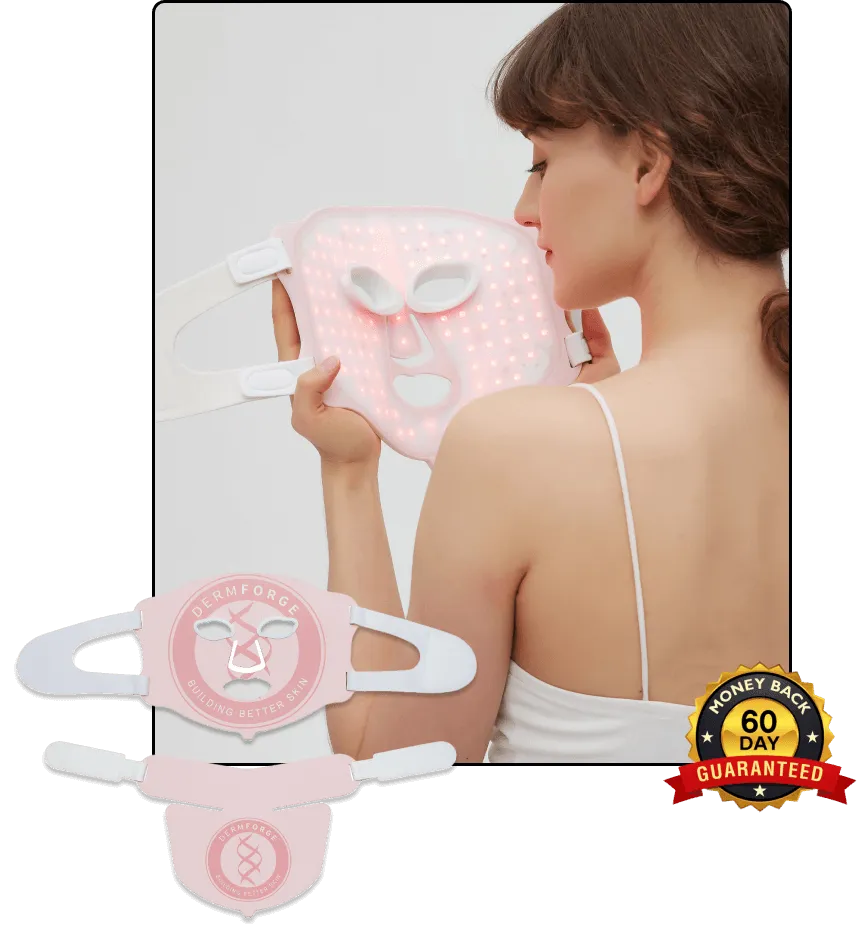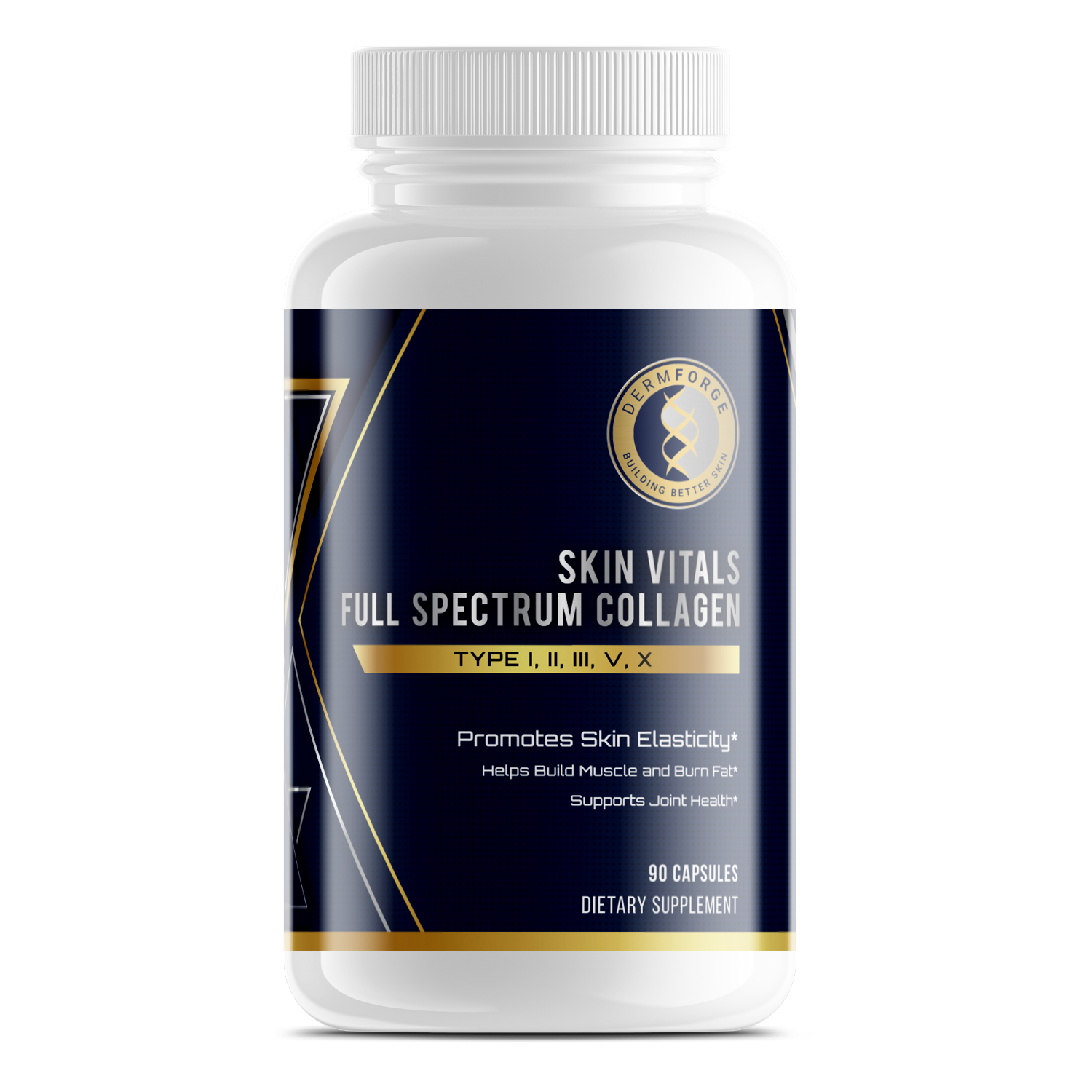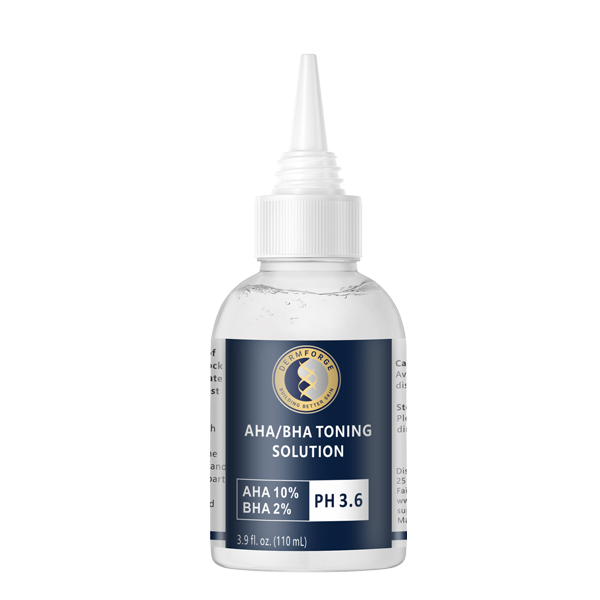As your skin changes with age, it may begin to look dull, uneven, or less firm. Many people use Retinol Cream for aging skin to help reduce fine lines and smooth rough texture. Therefore, learning how retinol works can help you decide if it's the right fit for your routine.
Retinol is a widely used skincare ingredient for good reason. It helps your skin renew itself by speeding up cell turnover. Additionally, it can improve tone and texture over time with regular use. You don’t need a strong prescription to start seeing benefits.
However, there are important things to consider before using retinol. Some products can cause irritation if not used properly. Therefore, it helps to understand how to apply it, how often to use it, and which products to avoid combining it with.
You will also find retinol in various strengths and formulas. From over-the-counter creams to prescription gels, each type works a little differently. Additionally, the best product depends on your skin type and goals. Taking the time to choose the right one makes a difference.
Consistent use tends to offer the best results. However, results take time and may not appear right away. You may notice small changes first, like smoother skin or a more even tone. With continued use, those benefits often become more noticeable.
You don’t need a complicated routine to support your skin. Retinol can be one part of a balanced approach. When used correctly, it helps improve how your skin looks and feels over time.
How Retinol Works to Support Skin Renewal
Your skin naturally sheds dead cells over time, but that process slows down as you age. This slowdown can lead to dullness. Retinol helps restart that process by speeding up cell turnover. Therefore, it supports fresher, more even-looking skin with regular use.
Retinol is a form of vitamin A. Once applied, it helps your skin create new cells faster. Additionally, this action smooths rough texture and may help fade dark spots over time. You’ll often see a brighter, softer surface after several weeks of use.
Another benefit of retinol is how it supports collagen production. Collagen keeps your skin firm and elastic. However, as you age, collagen levels decline naturally. Retinol helps your skin produce more of it. That’s why many people use Retinol Cream for aging skin to help soften fine lines and wrinkles.
You may not notice results overnight. However, with consistent use, your skin gradually feels more refined. Additionally, a proper routine helps minimize side effects like dryness or redness. Start slow, then build up frequency as your skin adjusts.
Many dermatologists recommend retinol for people concerned with early signs of aging. You don’t need a complicated regimen to get results. Therefore, even a basic formula can make a difference when used regularly. The key is patience and consistency.
By supporting faster renewal and collagen growth, retinol offers real benefits for aging skin. With time, your skin may look smoother, brighter, and more even. Choose a formula that fits your skin type and apply it as directed.
Benefits of Retinol for Fine Lines and Wrinkles
Fine lines often appear first around your eyes, mouth, or forehead. These signs tend to show up as your skin loses moisture. However, retinol helps soften their appearance over time. It works by encouraging faster skin renewal and building support beneath the surface.
Consistent use leads to gradual improvement. Retinol boosts collagen, which helps plump the skin and reduce the depth of fine lines. Therefore, it becomes easier to maintain a smoother, more even texture. Additionally, you may notice improved tone and fewer visible creases with time.
You do not need a high-strength product to see benefits. Low or moderate strength used consistently often works well for most people. Therefore, it’s important to start with a manageable formula and use it as directed. Your skin needs time to adjust.
Additionally, using moisturizer alongside retinol can help reduce dryness and flaking. You’ll get better results when your skin stays balanced and hydrated. Pairing these steps together supports long-term use without irritation.
Many people choose Retinol Cream for aging skin because it treats multiple signs at once. It smooths texture, reduces discoloration, and supports firmness. Therefore, it helps you target both early and advanced signs of aging in one step.
Be patient with results. Changes won’t happen overnight, but regular use often leads to steady improvement. You may start to see smoother skin within a few weeks. With continued use, fine lines and wrinkles may become less noticeable.
Common Side Effects and How to Minimize Irritation
Many people experience mild irritation when starting retinol. Dryness, redness, or flaking are common, especially during the first few weeks. However, you can take simple steps to reduce these side effects and help your skin adjust more comfortably.
Start by applying retinol less frequently, such as every third night. This gives your skin time to build tolerance. Additionally, using a gentle cleanser and moisturizer helps maintain balance. Avoid scrubs, acids, or strong actives during this adjustment period.
If your skin feels tight or itchy, that’s a sign to scale back. Therefore, you might apply retinol only once or twice a week. Over time, you can slowly increase use as your skin becomes more resilient. This method helps you stay consistent without feeling uncomfortable.
You should also apply moisturizer after retinol to lock in hydration. Some people mix retinol with moisturizer to dilute its strength. This can reduce the chance of flaking. Additionally, always wear sunscreen daily, as retinol may make your skin more sensitive to sunlight.
The side effects don’t mean retinol isn’t working. In fact, a little dryness is a normal part of the process. However, persistent redness or stinging means the product may be too strong. You may need to switch to a gentler formula.
Many users of Retinol Cream for aging skin go through this adjustment. With the right routine, irritation often fades after a few weeks. Your skin gradually becomes smoother and more tolerant. Therefore, patience and consistency are key to long-term success.
How to Incorporate Retinol into Your Skincare Routine
Start by applying retinol in the evening after cleansing your face. Your skin repairs itself best while you sleep. Therefore, nighttime use helps retinol work more effectively with your natural renewal cycle.
Apply a small amount to dry skin, then follow with a moisturizer. This step helps lock in hydration and reduce dryness. Additionally, always wait until your skin is fully dry before using retinol. Wet skin absorbs product faster, which can increase irritation.
Start slow. Use retinol once or twice a week at first. Therefore, your skin has time to build tolerance without peeling. If your skin responds well, you can gradually increase frequency. Most people reach three to four nights per week over time.
Avoid mixing retinol with products that contain alpha hydroxy acids, beta hydroxy acids, or vitamin C. These combinations may increase irritation. Additionally, skip harsh scrubs or exfoliants on retinol days to keep your skin barrier protected.
Always wear sunscreen daily when using retinol. Your skin may become more sensitive to sun exposure. Therefore, apply a broad-spectrum SPF in the morning without skipping days. This step helps prevent damage while your skin renews.
Retinol Cream for aging skin works best when used consistently and carefully. You don’t need to rush or overuse it. With the right approach, you can add it to your routine without overwhelming your skin. Pay attention to how your skin responds and adjust as needed.
Retinol Strengths and Product Types: What to Choose
Retinol products come in different strengths and forms. Each offers unique benefits depending on your skin type and goals. Therefore, knowing your options helps you choose the right formula without guessing.
Over-the-counter retinol usually contains lower concentrations. These products range from 0.1% to 1%, depending on the brand and type. Therefore, they work well for beginners or those with sensitive skin. You’ll find these in creams, serums, and lotions made for daily use.
Prescription retinoids are stronger and work faster. These include tretinoin and adapalene. However, higher strength often comes with more irritation. If you’re considering prescription options, speak with a doctor first. Additionally, prescription products may cause more dryness or redness early on.
Time-release formulas deliver retinol slowly. This helps reduce irritation while still offering results. Therefore, these may be ideal if your skin reacts easily to strong ingredients. Many creams now include this feature to help balance effectiveness and comfort.
Creams are typically more moisturizing, making them a good choice for dry or mature skin. Serums absorb faster and layer well with other products. Additionally, you may find gels or emulsions if you prefer lighter textures.
Many people choose Retinol Cream for aging skin because it offers a steady and gentle introduction. Start with a lower strength and monitor your skin. Therefore, you can adjust as needed without creating discomfort.
The best product is one that fits your routine and tolerance. Read labels carefully and start slow. You can always increase strength over time.
Who Should Avoid Retinol and Why It Matters
Retinol offers many benefits, but it’s not for everyone. Certain skin types and conditions may react poorly, even at low strengths. Therefore, it’s important to know when to skip it or speak with a professional first.
If you’re pregnant or breastfeeding, avoid retinol entirely. Some forms of vitamin A may affect fetal development. Therefore, it’s safer to wait until after pregnancy to resume use. You can explore alternative ingredients that support your skin without added risk.
People with eczema or rosacea may also struggle with retinol. These conditions weaken the skin barrier, making irritation more likely. Additionally, retinol can worsen redness, flaking, or sensitivity in these cases. If you have either condition, use extreme caution or consider avoiding it altogether.
Even those with healthy skin may need to wait. If your skin is sunburned or recovering from a procedure, delay retinol use until it heals. Starting too soon can make inflammation worse. Therefore, timing matters as much as the product itself.
Many people turn to Retinol Cream for aging skin to help with lines and texture. However, results depend on skin tolerance. If your skin reacts strongly or doesn’t improve, you may need a gentler option.
Always pay attention to how your skin responds. If redness, burning, or peeling persist, stop use and reassess. Additionally, patch testing helps catch problems early. You want to support your skin, not stress it.
Choosing the right product means knowing when something isn’t a good fit. Your skin’s needs come first, even with popular ingredients.
Conclusion
Adding retinol to your routine can support smoother, brighter, and more even-looking skin. Many people see real benefits with time. However, it takes consistency and patience to get the best results. You don’t need to overdo it to see progress.
Start slow and listen to your skin. If you notice irritation, scale back or switch to a milder product. Additionally, always pair retinol with a moisturizer and sunscreen. These steps protect your skin while it adjusts and helps avoid unnecessary damage.
There are many formulas available, each with its own texture and strength. Therefore, take time to choose what works best for your needs. Whether you prefer a cream or serum, the goal is to find something that fits your routine.
Retinol Cream for aging skin remains a trusted option for addressing fine lines and texture. It works over time, not overnight. Therefore, stick with it and avoid switching products too quickly. Your skin will benefit from a steady, simple routine.
You don’t need to use the strongest product to get results. In fact, lower strength applied regularly often works better long-term. Additionally, avoid combining retinol with harsh ingredients unless guided by a professional.
Retinol isn’t right for everyone, and that’s okay. If your skin reacts poorly, you can explore other options. There are many ways to support your skin’s health and appearance. The key is paying attention and adjusting based on your skin’s response.







